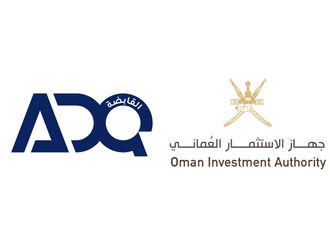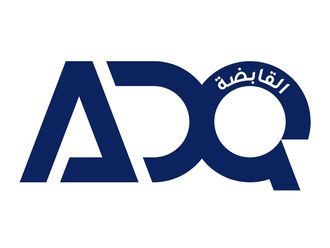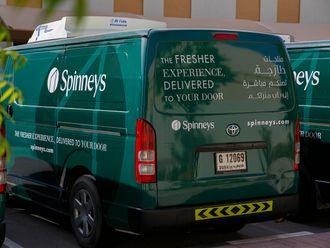Dubai: In a moved aimed at raising its international profile and attracting a deeper pool of liquidity, the Dubai Gold & Commodities Exchange (DGCX) plans to add new emerging market currencies and agricultural commodities to the list of futures contracts that can be traded on the bourse.
“We have a pipeline of products we’re looking at... In general we can say emerging markets currencies, and we think we can offer agricultural commodities contracts over time...” Gary Anderson, the chief executive of DGCX said in a recent interview with Zawya Dow Jones.
DGCX was launched in November 2005 to meet the Middle East’s growing need for diversified investment and hedging options.
Seven years on, the exchange is looking raise its global profile by ramping up the number of products on offer and boosting membership by leveraging the already strong interest in its flagship products, the Indian rupee and gold contracts, products that account for about 85 per cent of total exchange volumes.
Anderson is looking to the Indian rupee-the most traded non-deliverable forward currency in the world-to lure global investment banks to look at DGCX, the only offshore exchange where the INR is traded, as the place to hedge their rupee exposure.
“It’s a liquidity pool that they don’t currently access.”
For the exchange, another advantage is its location in the Middle East.
“We’re the bridge for the two time zones and I think that makes us an important part of the equation,” Anderson said.
However, the exchange has been struggling to create adequate liquidity pools-critical to avoid price volatility-for a few of its contracts, including the steel rebar futures and Brent crude oil contracts where a total of 6,307 and 296 contracts respectively have been traded since launch.
Anderson, who took over as CEO just three months ago, said there were no plans to delist the straggling contracts, rather the bourse was looking at ways to improve liquidity.
However, he admitted that for “steel in particular, its going to be a very, very slow haul to get that liquidity to a critical mass.”
A recent success for the exchange, where all contracts except gold are cash-settled, is the copper futures product where volumes have levelled off after a strong launch.
Anderson said a futures contract in aluminum could also be considered in the future.
The Middle East’s output of the metal is expected to grow from 3.6 million metric tonnes in 2011 to 5 million metric tonnes by 2015, according to Gulf Aluminum Council, a trade group.
To increase the liquidity for the end user across its contracts, the exchange plans to provide a range of incentive programs to attract market makers-local participants and professional day traders who can provide two-way prices on a daily basis.
“We are looking to incentivize market makers to provide tighter bid-ask spreads for us over three-month periods,” Anderson said. The incentives-that are agreed upon with each market maker-depend on the product and the spreads they offer, he added.
DGCX also plans to offer benchmark prices in certain products as liquidity and volumes improve.
The exchange is also currently working on improving its technology, a move it hopes will allow it to offer more products boost volumes.
The enhanced trading platform, set up in partnership with trading technology provider Cinnober, is scheduled to go live in December 2012.
Anderson hopes access to improved technology will also kick-start the currently lackluster options trading in Indian rupee and gold.
As options trading typically constitute between 10 per cent to 15 per cent of any exchange’s overall volumes, they are a very important part of an exchange’s armoury, making it a growth product, he added.
“We are seeking to enhance pricing [in options], and as we improve the technology throughout the year, or certainly by the second quarter of 2013, options are going to be the forefront of our products,” said Anderson.











